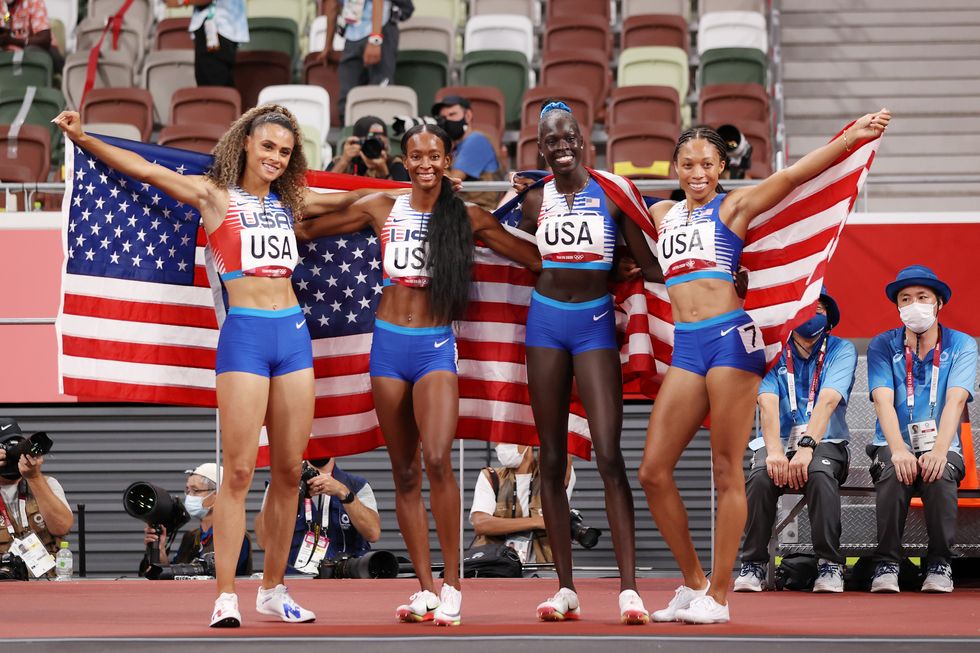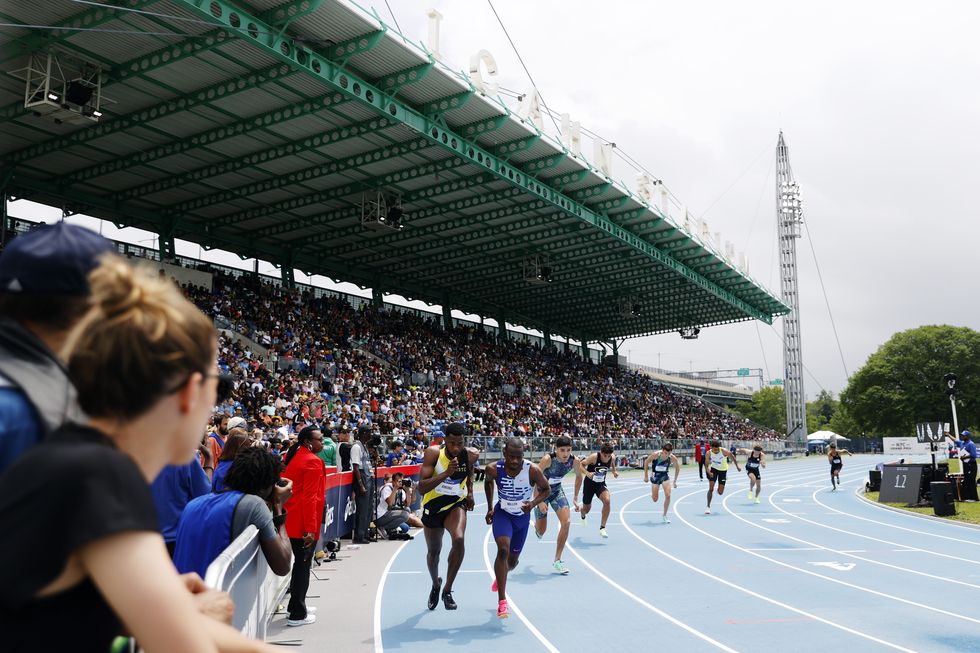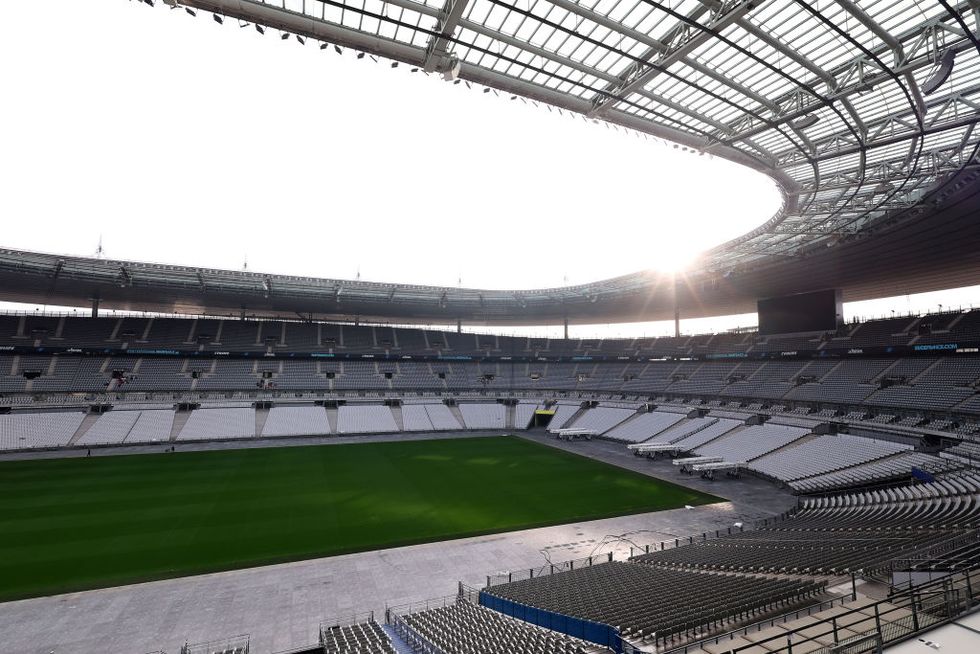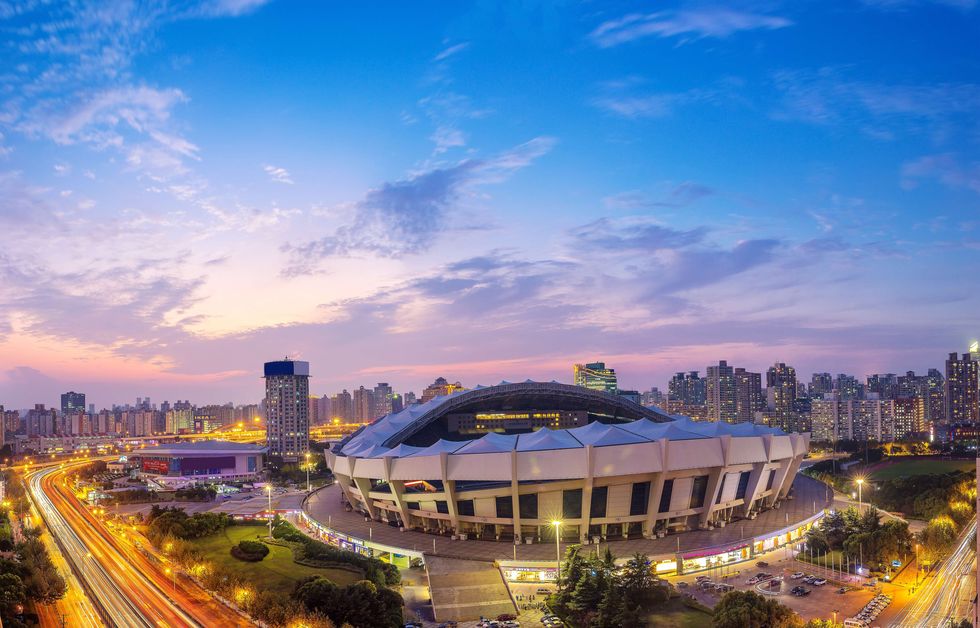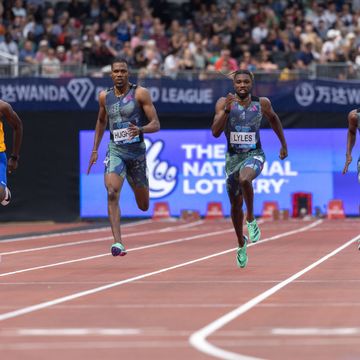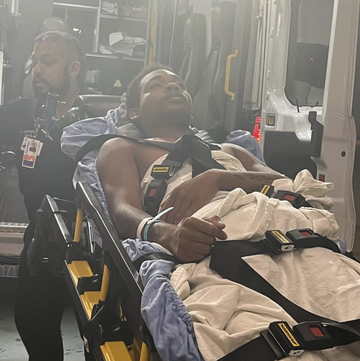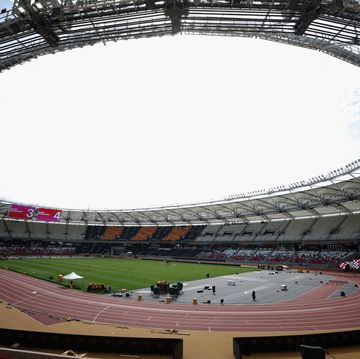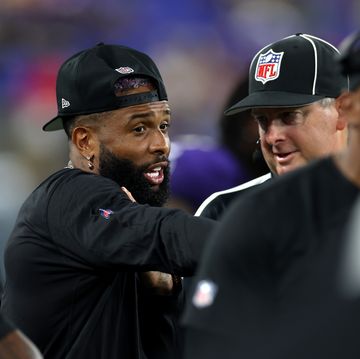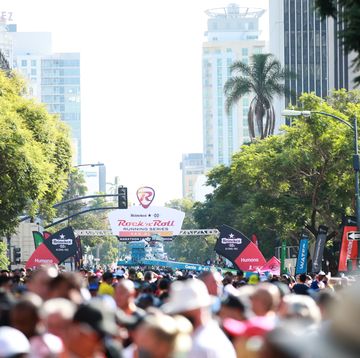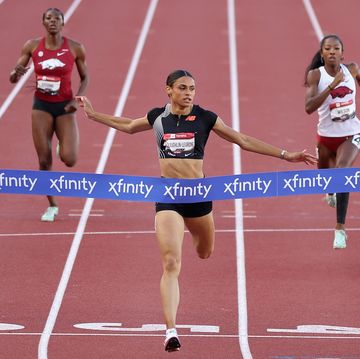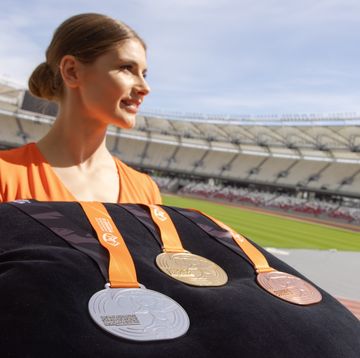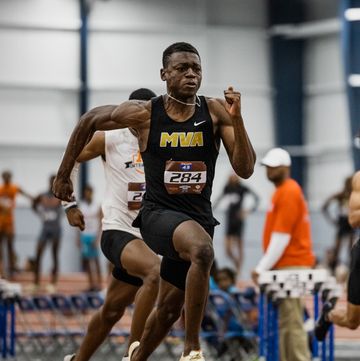The legendary sprinting coach Bobby Kersee has made headlines this year for decisions about two of his signature athletes: 400-meter hurdles world record holder Sydney McLaughlin-Levrone and Athing Mu, the reigning Olympic gold medalist in the 800 meters.
On August 2, Kersee told the Los Angeles Times that Mu was considering skipping the World Championships later in the month. He provided few reasons: she’s not injured, but Kersee emphasized that he wants to ensure that the 21-year-old is prepared for next year’s Paris Olympics. “It’s in our control if we decide we’re just going to go ahead and train through this year and focus on next year, then that’s what we’re going to do,” he said.
There’s surely a lot of stress on Mu, and at her young age, it’s likely not going away anytime soon. “Coming into these meets, whether it’s a small competition, big competition, there’s just so much pressure just overall,” she said at the USATF Championships in July. “You know, you’re overthinking your race days before you’re even out there. So I mean, just the overall pressure that you feel when it comes to competing is a lot and so I think, you know, the past few years have been a lot for me.”
More From Runner's World

The next week, Sydney McLaughlin-Levrone announced on Instagram that she would be sitting out the World Championships because of injury: “I need to take care of a minor knee issue so that I can be fully healthy for next years’ Paris Olympics,” she wrote. “I look forward to seeing everyone back on the track soon!” This came after Kersee and McLaughlin-Levrone decided that she would only run the open 400 meters at the meet, instead of her signature event—the 400-meter hurdles.
Instinctively, fans began speculating why two of track and field’s brightest stars could both skip the biggest meet of the year in favor of next year’s Olympics. The Olympic Games are undoubtedly the pinnacle of any track athlete’s career, and with only a four year window, athletes have limited time to cement their legacy.
Some have argued workload has become a problem. Since the 2020 Tokyo Olympics were delayed until 2021 because of the COVID-19 pandemic, the major championships in the sport have been cramped together more than usual. Athletes won’t get a year without a major championship until 2026. (Historically, the World Championships occur on odd-numbered years while the Olympics are every four.)
Is it wrong to prioritize long-term career trajectory by skipping World Champs? Of course not. You can’t blame athletes for being cautious of their physical and mental health.
But although a condensed schedule can cause a yearly cycle of immense pressure and fine-tuned peaking, the solution is actually more high-caliber meets—not fewer. Track and field needs to take a page out of the books of other successful Olympic sports, like golf, tennis, and cycling.
Track and field needs “majors.”
More meets help alleviate pressure
The issue with a climactic meet like the World Championships or Olympics, held in the late summer, is the intense amount of pressure. An athlete’s season and life can be dramatically affected by their performance at one of these—assuming they even qualify in the first place.
In 2016, 100-meter hurdler Keni Harrison was considered by many to be a lock to make the Olympic Team. But Harrison had an off day at the Olympic Trials and finished in a disappointing sixth place. Two weeks later, despite missing a chance to compete in Rio, Harrison broke the world record in the event. More high-profile meets gives athletes more chances to compete on the world’s stage.
Track and field, especially in America, tends to live in the shadows of other “individual” sports like tennis and golf during non-Olympic years. The pinnacle of a golfer’s season, for example, is playing in the Masters, but if they don’t make the cut, they still have a shot at three other majors later in the year.
Or take cycling—a sport that’s popular in Europe, much like track and field. Three stage races dominate the calendar—the Giro d’Italia, Tour de France, and Vuelta a España—as well as five one-day “monument” races. Cycling has a World Championships toward the end of the season as well, but it’s not the only competition riders must structure their season around. Because the fans’ eyes are directed toward the major races (instead of one single race), there’s a healthy amount of room for error.
In fact, integrating a major system into track and field is not a novel thing in the sport: there are SIX major marathons, all of which carry plenty of prestige and financial incentives. The answer is right in front of us.
Here’s how it will work
There will be four track and field “majors” that occur every year—one of them being the World Championships or Olympics. Each meet will last three to five days, with preliminary rounds for events shorter than 5,000 meters. Athletes are invited to the meets via world rankings and the discretion of each meet organizer. (The Diamond League already does a version of this, but with 14 meets throughout the summer, its cachet is diluted.)
Additionally, selection for the Olympics and World Championships will be up to each country’s federation, so there would still be a reason to stage national championships or an Olympic Trials.
Each major will occur in a different part of the world, on a rotating basis. Although there’s some merit to keeping locations consistent, this will reduce home-field advantage and allow different cities to showcase their amenities and attract new fans.
Major 1: May
Location: North America
Possible venues: Icahn Stadium (New York City), Hayward Field (Eugene, Oregon), Franklin Field (Philadelphia), National Stadium (Kingston, Jamaica), Complexe sportif Claude-Robillard (Montreal)
Major 2: June
Location: Europe
Possible venues: London Stadium (England), Stade Louis II (Monaco), Bislett Stadium (Oslo), Stade Sébastien Charléty (Paris)
Major 3: July/August (World Championships or Olympic Games)
Location: Rotating
Confirmed venues: Paris Olympics (2024), Tokyo World Championships (2025), Los Angeles Olympics (2028)
Major 4: September
Location: Asia/Oceania
Possible venues: National Stadium (Tokyo), Shanghai Stadium (China), Sydney Olympic Park Athletic Centre (Australia)
Theo Kahler is the news editor for Runner’s World. He is a former all-conference collegiate runner who’s based in Easton, PA. Previously, he worked as the newsletters editor at Runner's World, Bicycling, and Popular Mechanics.

